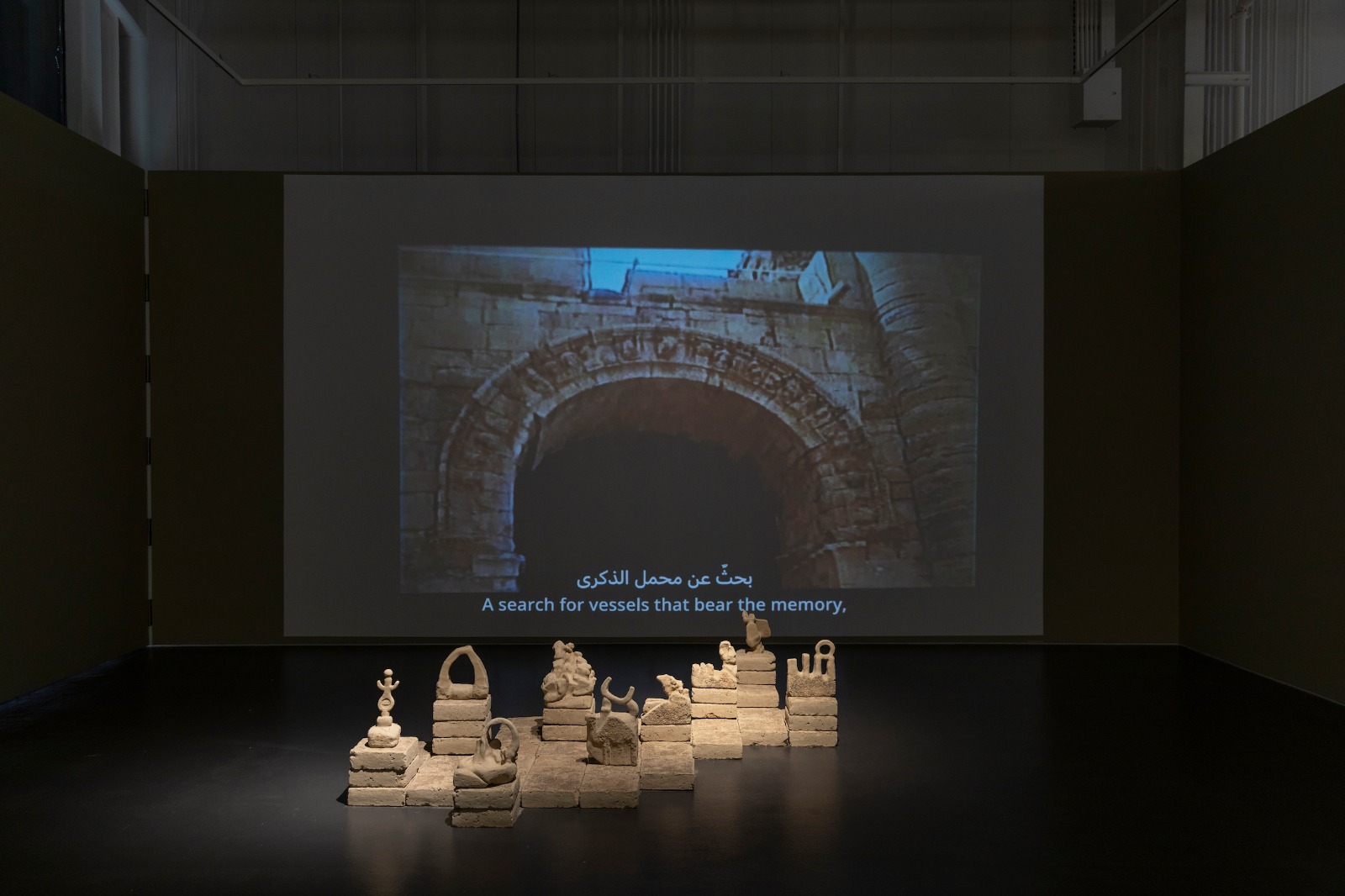Pantone is the company that calls itself “the global authority on color,” unveiled its 2019 “Color of the Year” as “Living Coral,” a peachy hue the company says “embraces us with warmth and nourishment to provide comfort and buoyancy in our continually shifting environment.” Its official Pantone number is 16-1546. So, how actually Pantone choose the color of the year and for what purpose?

Pantone Matching System
The Pantone solid color system, originated in 1963 , with over 1100 unique, numbered colors, was originally devised to help printers and designers specify and control colors for the projects. This is the most widely used Pantone palette, with colors sometimes referred to as ‘PMS’ (for Pantone Matching System) or ‘spot colors’, and is used in the graphics, print, and publishing, industries. Soon after, Pantone became the easiest and simplest way to classify, communicate and match colors with the use of a color catalog in a fan format. Every color, in every tone and tint was given a number to classify it. Pantone literally wrote the book on color matching. For over 40 years, Pantone has been the go-to color matching system for not only the design industry but also paint, textile and plastic manufacturers.

Trendsetting concept
In 2000, the Pantone Color Institute created the Pantone Color of the Year as a trendsetting concept for branding, marketing and creative society as a whole. The introduction of the Pantone Color of the Year confirmed The Pantone Color Institute as the front-runner for all things color related. It is awaited annually every December.

Pantone’s Color Institute is a team within the company that “highlights top seasonal runway colors, forecasts global color trends, and advises companies on color for product and brand visual identity,” according to Pantone. The yearly quest begins in the spring, and the team spends the summer and fall months analyzing fashion shows, street art and social media.
Meeting In A White Room
Publisher and designer David Shah, who runs the meeting, said he seeks opinions from a broad swath of industries. “I can’t tell you the names. They’re involved with everything from furniture through to clothing and knitwear.” The group meets in a room with white walls so everyone can clearly see the objects their colleagues have brought as inspiration.
“One of our committee members came last winter, and he came with a basket full of onions and chopped up all the onions to show how the beauty of the color of an onion is,” Shah said.

The team creates “reference points” and examples of the colors they see in the world of art and design. Gradually, they narrow the sample until they agree on one shade. “It’s not just the way the color stands alone but what you are using it with that makes it be perceived as something new and fresh. We look at the art world. Is there a collection of art that’s being shown? Is it traveling the world and going to get a lot of publicity? Will people be influenced by that?”
How does the color gets its name?
The names for the colors Pantone chooses using the children’s game of association. “If I say ‘chocolate,’ you have a vision. What does that vision conjure up for you? The name has to really fit with what the color looks like. Your mouth needs to water and emotionally connect. That’s the goal. That’s what color does—it’s all about associations,” Color Institute Vice President Laurie Pressman said.
How Does the Color of the Year Influence Marketing Trends?
The first Color of the Year was selected back in 2000, but it wasn’t until 2007 that the color trend forecasting took on a life of its own. Nowadays, when a new color is announced, Pantone offers color lovers an array of inspirational products and color combination palettes designed especially with the corresponding color in mind. Hundreds of brands take on the task of designing products with the Color of the Year. This reinforces the importance of how the Pantone color trend forecast is important and influential.
In the last few years, the announcement of the new Color of the Year has had plenty of media coverage. Bloggers have written articles about how to use the color; homemade producers have created products to sell; graphic designers have created social media templates … and that just skims the surface.
Explanation of Previous Colors of the Year
Pantone’s choice of Greenery for 2017 stems from the turmoil and stress felt worldwide in 2016. From terrorism to natural disasters to politics, 2016 had a little bit of everything. The color green is synonymous with spring, a time of rebirth.
Colors of the 2016 were meant to inspire gender equality, and were said to be “welcoming colors that fulfill our yearning for reassurance and security.” This is how Ron Potesky, senior VP and general manager at Pantone, explaining how and why two colors were chosen in 2016: “These colors were seen together almost like two sides of a coin – they were showing up in many different places together.”

Do you have your favourite color? Mine is dark blue, hope it will soon get its own place in the list of the Color of the Year.
Hope you enjoyed the post!
With love,
Sabina Bex





